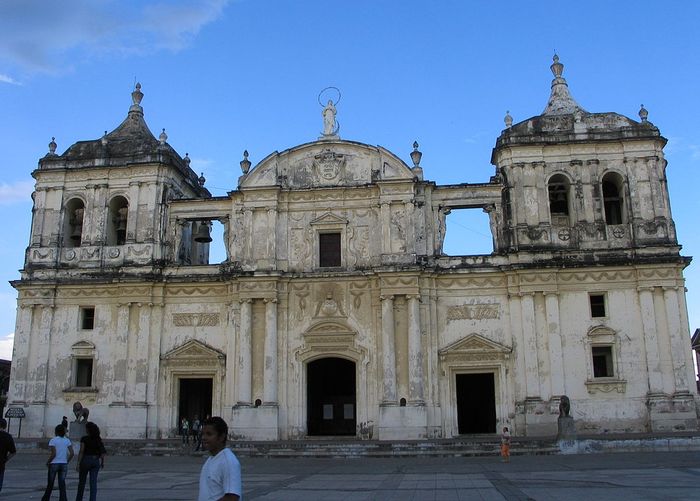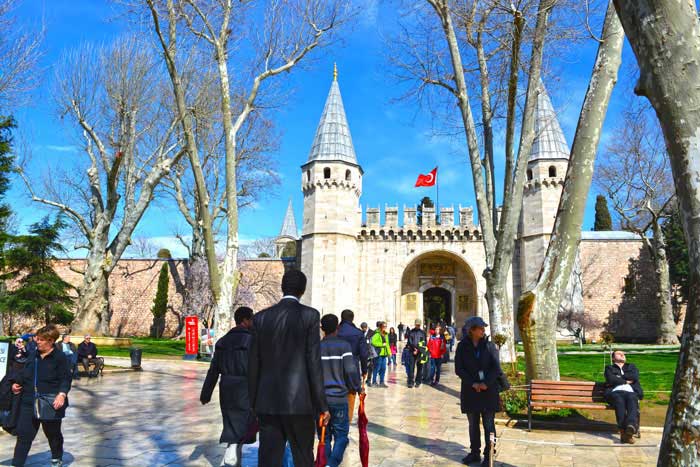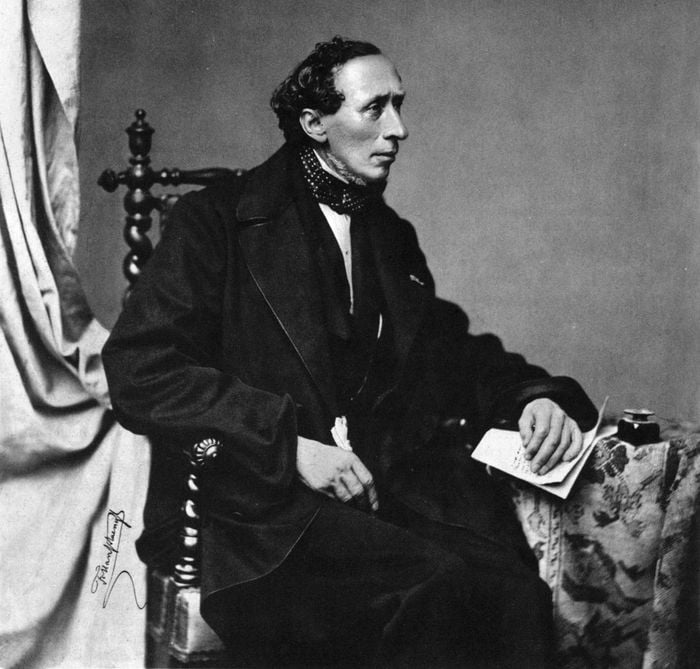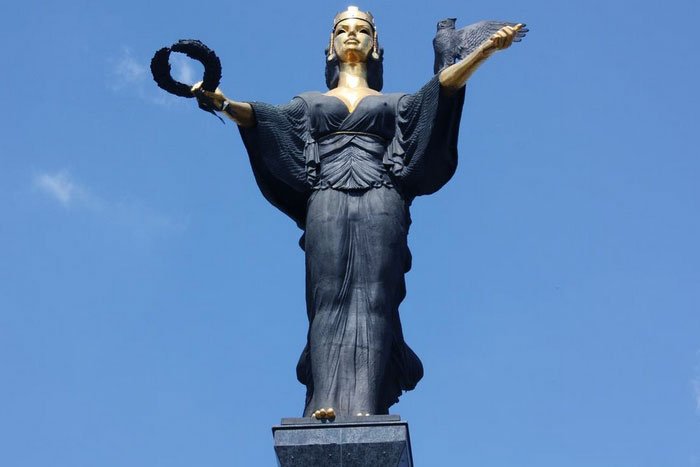Apollo Temple Pamukkale – Since the theater has been restored, it is now possible to see the friezes of mythological scenes in their original positions, depicting Apollo and Artemis.
Thirty rows of the seats of this theater have survived. Passing through the city walls above the theater one may proceed to the Martyrion of St. Philip; an octagonal building erected on a square measuring 20 by 20 m., built in the early 5th century AD. Near the road is the Temple of Apollo, the principal deity of the city.
Apollo Temple Pamukkale – While the foundations of this temple go back to late Hellenistic times, the present remains of the upper structure are from the 3rd century AD. Next to it is a cave called the Plutonion from which poisonous gases emerge.
(According to Strabo, an ox thrust into this cave would keel over and die. He himself experimented with doves.) The temple measures 20 by 15 m. and sat on a platform that was 2.5 m. high. In front of the temple is a monumental fountain. Built during the late 3rd century AD, the walls of this rectangular fountain are very well preserved.
Christian basilica
There was once a pool located in front of the fountain and the structure was richly adorned with statues and columns. East of the present museum is a Christian basilica consisting of a nave and two aisles. It dates from the 6 century AD.
Apollo Temple Pamukkale – Walking along the route of the Plateia (which now passes through the modem swimming pool and a motel) reminds one that this main street dividing the ancient city was once decorated with colonnades; porticos, and important buildings located on either side.
The street runs directly toward the city walls passing through a gateway built in Byzantine times atop an earlier fountain. On the way is a basilical structure with two aisles and a nave whose eastern end terminates in an apse. The city walls were built in 396 AD and were reinforced by twenty-eight towers. Passing through the Byzantine gate we come to a rather well-preserved section of the Plateia. This part was built during the reign of Domitian (81-96 AD) and terminates with the Arch of Domitian.





